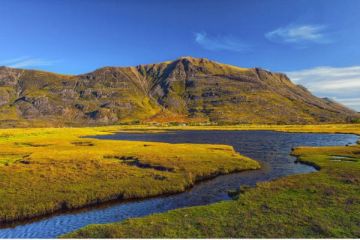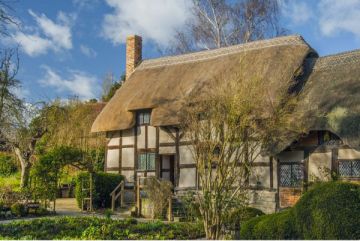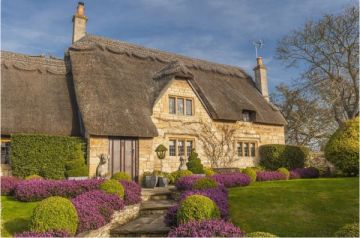During the post-Roman and early Christian period the most northerly and western regions of modern Scotland, taking in Orkney, Shetland, Caithness, and the Western Isles, were heavily settled by people from Scandinavia. These far-flung regions were ruled by earls representing the King of Norway.
The first wave of Norse settlers were fishermen and farmers, not warriors. They introduced a form of dwelling that became common throughout the Highlands and Islands, a rectangular stone house covered with a turf roof, and divided inside into two areas, one for people and one for animals.
The second wave of Norse newcomers was not nearly as peaceable; beginning in the 8th century, wave after wave of Viking raiders landed in Britain. They did not settle at first; instead, they stole animals and money, took the inhabitants as slaves, and burned houses and churches.
In 795 they raided the monastery at Iona for the first time, but it was not to be the last. They returned in 806 AD and killed 68 people. The monks moved several of their treasures to keep them safe; included among these treasures was the famous illuminated manuscript known as the Book of Kells. Other treasures were moved to Dunkeld, which took over Iona's role as a religious centre.


